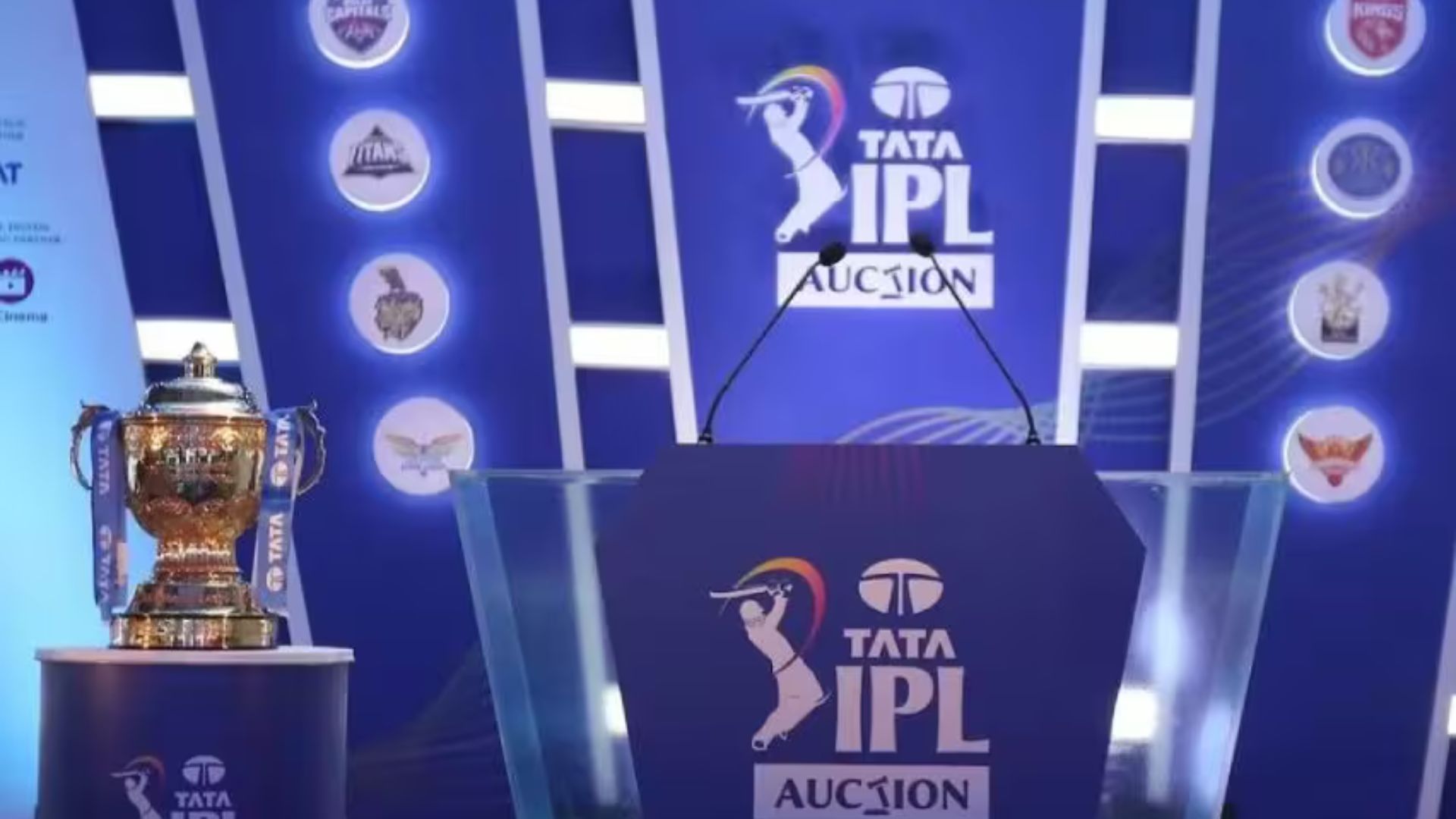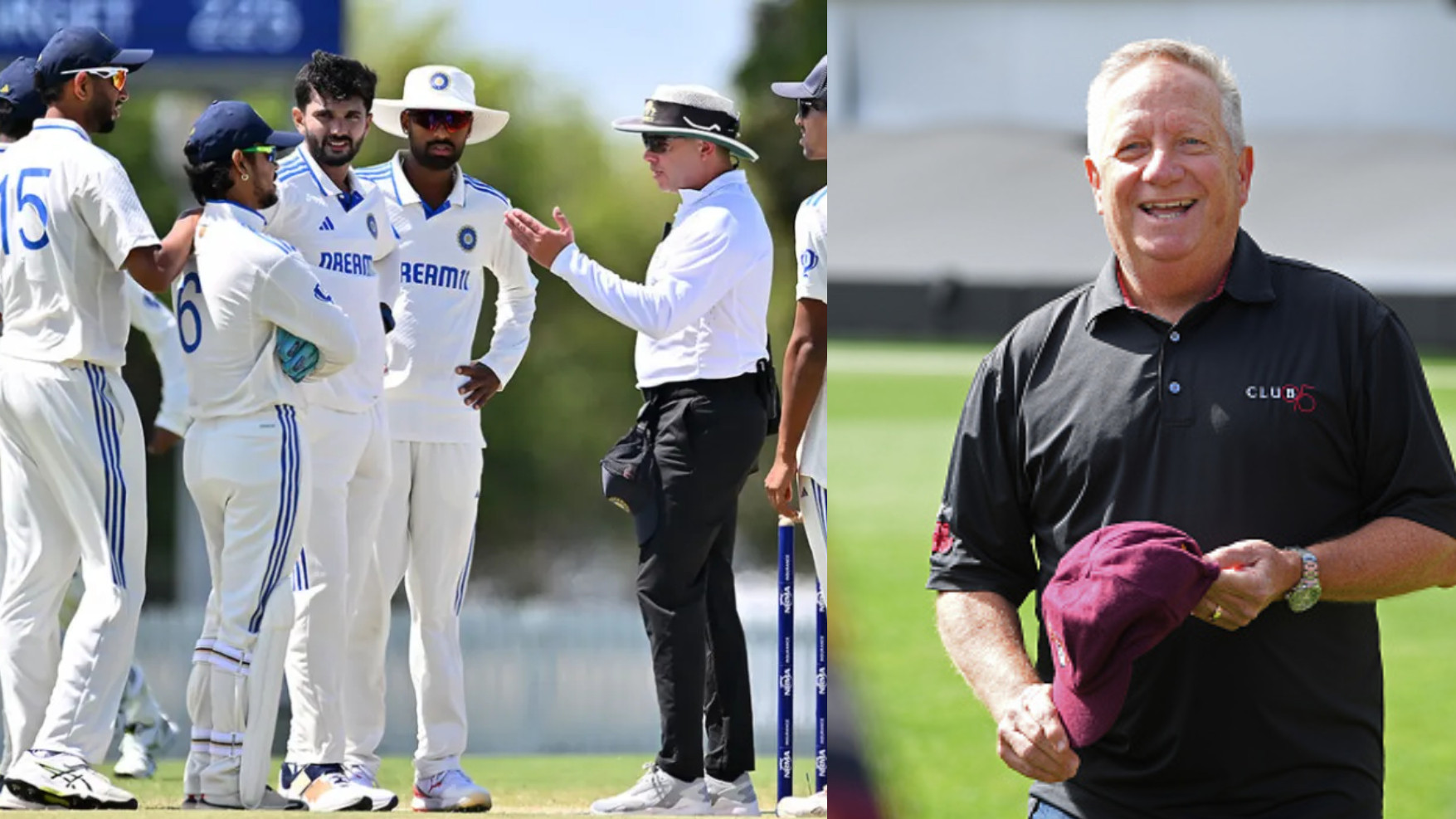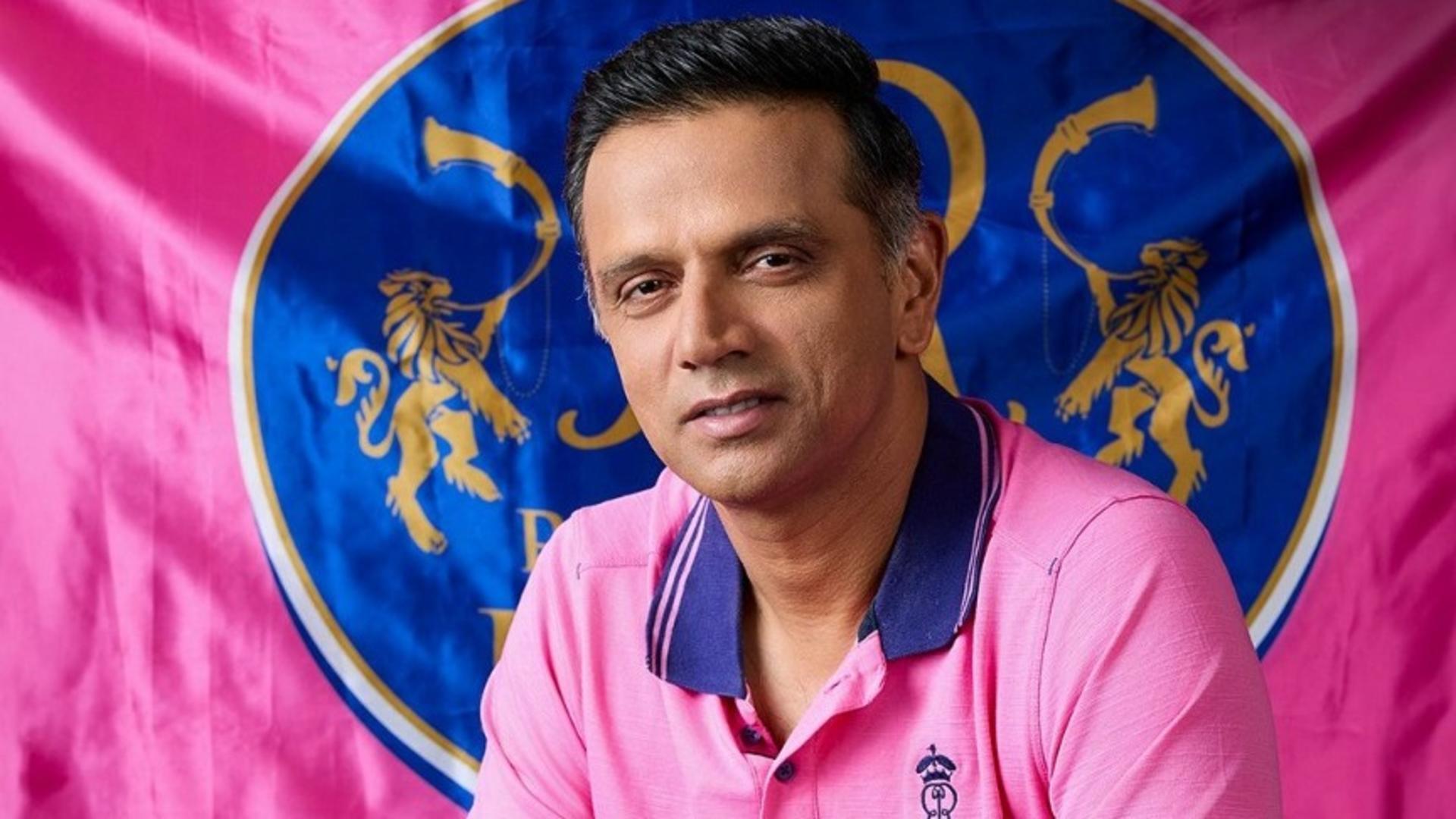The highly contested Duckworth-Lewis-Stern (DLS) technique has altered the way cricket is played because statistics control the game and weather had minimal bearing on the result. Use of the technique dates back to 1997, and it played a significant role in the 2001 rain-shortened games. The technology is known to account for time lost to rain and adjust the pursuing team’s aim based on comparison with the opposing team’s position in that specific scenario.
Sadly, Frank Duckworth, one of the three creators of the DLS system, passed away on June 21 at the age of 84.
Duckworth and Tony Lewis came up with the strategy in the beginning. When certain statistical adjustments were needed, Australian statistician Steven Stern offered his assistance, and the system was given the name Duckworth-Lewis-Stern system. In 2010, Duckworth and Lewis received the title of Member of the Order of the British Empire (MBE).
Frank Duckworth was reported by ESPNcricinfo as saying, “I hope this award demonstrates to the outside world that the country believes we have made a useful contribution to the game—a lot of people haven’t actually realised we are actual people.” Duckworth had accepted the prize.
Lewis had expressed his excitement, saying, “I was thrilled to get the news and it’s very satisfying that our solution to the rain-interruption problem on one-day cricket has been recognised in this way.”
DLS comes with its share of drawbacks
The DLS technique is also referred to as the “system with its share of errors.” Paul Collingwood criticised the approach, which is marketed as one that gives weight to the wickets the opposing teams take.
During the T20 World Cup, for example, West Indies were given a revised target of 60 runs in 6 overs, while England’s score was 191 runs.









 Win Projections to be updated soon
Win Projections to be updated soon













